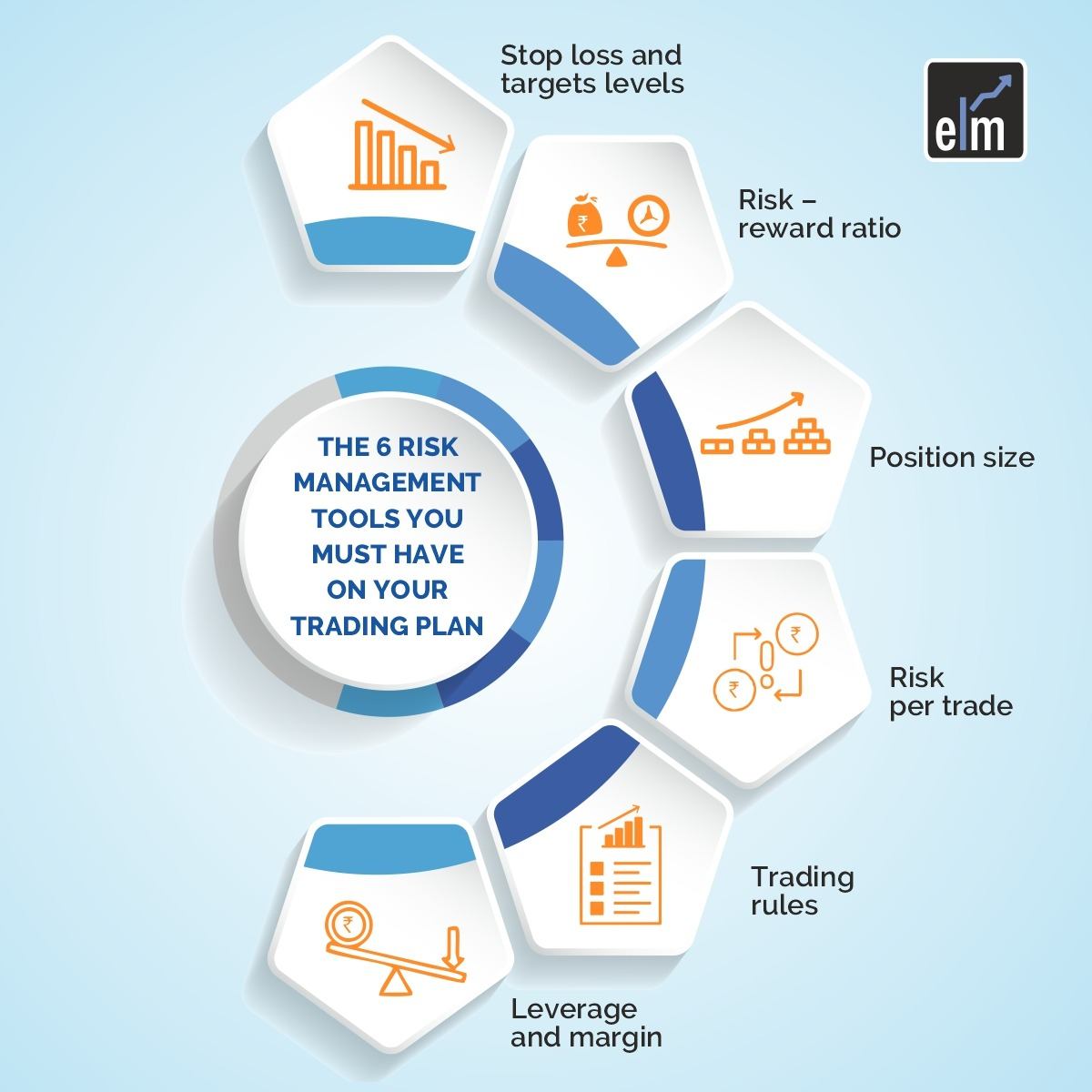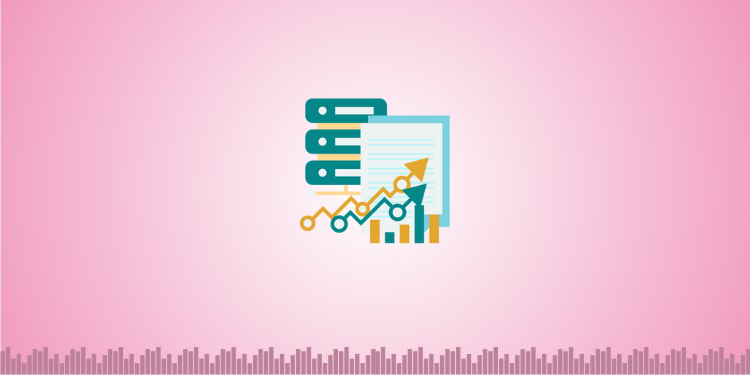Since there is always risk in forex trading, you can lower it by risk management and position sizing. The difference in profits depends on how you assess and control your risks to maintain long-term profitability.
Is risk control crucial to a Forex trader? Definitely, more than you might think! One of the most significant subjects that no trader should overlook or take lightly is risk management.
Every business must anticipate some risks along the way in one way or another in order to operate successfully. However, you cannot wait for such risks to materialize before considering how to manage them.
It might be too late and do significant damage. We, therefore, require a strategy for controlling those risks or for ensuring not to pay for the harm.
So, in today’s blog, let us discuss the 6 risk management tools that help in forex trading
1. Stop loss and targets levels
One of the best strategies fo risk management in forex trading is the stop loss order. If you are incorrect about the direction of the market, this is the price at which your order expires. When a trade goes bad, you can only lose up to this amount.
You can avoid suffering significant losses by anticipating the time when you want to close out a position. Setting a target level, on the other hand, allows you to forecast how far the price will go before retracing or pulling back to your stop loss.
You should try to set a goal that is both doable and realistic. Your trade targets should be sufficient to allow you to remain in the trade even if you suffer a string of losses.

2. Risk – Reward ratio
Risk to reward ratio compares your stop loss level and your target profit level for your trades. It is the amount of profit you plan to get on a trade relative to what you are risking in case of a loss. Normally, we measure the distance from your entry-level point opposite your predicted direction for the stop loss.
Also, measure the distance from your entry-level to your predicted direction for the target profit. Then compare the two. Your target point should be at least twice the stop loss. The bigger the possible rewards, the more failed trades your account can withstand at a time.
For example, If you have a 1:3 risk–reward ratio, one successful trade will sustain you through 3 consecutive bad
3. Position size
The amount of money you are willing to risk on each trade is referred to as risk per trade. It should never exceed a modest portion of your total capital.
The majority of seasoned traders adhere to the 2% of deposit, risk per trade rule. You can survive on 1 to 3 percent risk, ideally in the forex market.
Watch our webinar on Principles of Risk & Money Management in Professional Trading
4. Risk per trade
In order to achieve the desired level of risk, you must determine your position size or the number of units you should trade. Prior to making any trades, you must determine how much risk you are willing to accept.
In forex trading, position sizing refers to how many units of currency or lots you trade for each position you take. It could be a standard, minimum, or micro-lot.
5. Trading Rules
When the time comes to trade, your trading principles are crucial. Trading laws outline what you should and shouldn’t do. What, when, and how to do it. You must follow your trading plan’s rules.
If you adhere to your rules, you will be able to respond to unforeseen market circumstances. also when and how to stop losing. Having a plan will enable you to manage your emotions, prevent rash decisions, and trade sensibly.
6. Leverage and Margin
In essence, leverage is borrowed money. It is a sum of money that your broker gives you so that you can trade forex with more flexibility. Lots can be excessively large due to the size of the Forex market. By using leverage, you can open more positions and trade larger lots without risking all of your equity on a single big trade.
Leverage makes your portfolio more volatile. Simply put, you can earn more money using the same amount of leverage. But you will also suffer greater losses.
With leverage of 1:100, for instance, you could start a trade for Rs. 10,000 with just Rs. 100 in your account. Profit of Rs. 100 is yours if the trade moves 1% in your favor. A 1% movement in the opposite direction, however, will cause an Rs. 100 falls.
You can also do our course on Masterclass on Short-term Momentum Trading
Bottomline
The forex market has a lot of unpredictability. In the market, anything can happen at any time. Even minor news can cause the markets to become erratic in a matter of seconds.
Hence it is always adviced to learn forex trading before jumping in to the world of forex.
We hope you found this blog informative and use the information to its maximum potential in the practical world. Also, show some love by sharing this blog with your family and friends and helping us spread financial literacy.
Happy Investing!
To get the latest updates about Financial Markets, visit StockEdge






